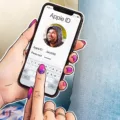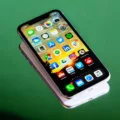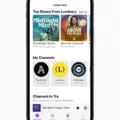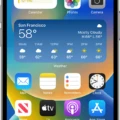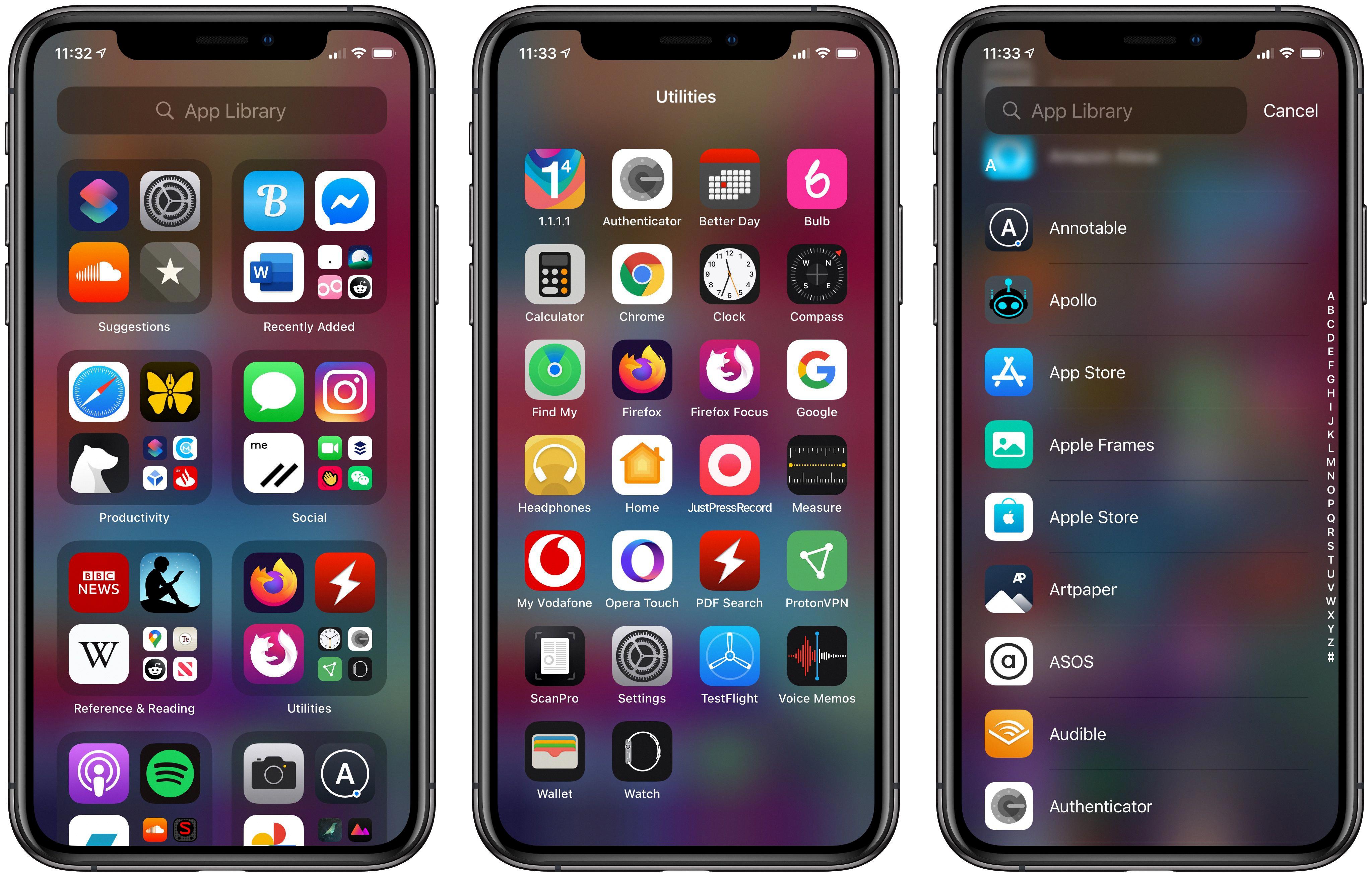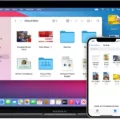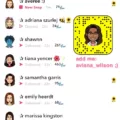The iPhone’s Music app is a convenient and popular tool for listening to your favorite tunes on the go. However, it can be frustrating when you open the app only to find that your music is missing. In this article, we will explore some possible solutions to restore your missing music on the iPhone’s Music app.
Firstly, it is important to ensure that all your devices have Sync Library turned on and are signed in with the same Apple ID that you use with Apple Music. This will help ensure that your music library is synced across all your devices. To check if Sync Library is turned on, go to Settings on your iPhone, tap on your name at the top, and then select iCloud. Make sure that the Music toggle is turned on.
If your music library is stored on your computer, you can check the cloud status of songs to find any missing music and resolve any issues. To do this, open iTunes on your computer and go to the Songs tab. Look for any songs that have a cloud icon with a downward arrow. This indicates that the song is available in iCloud but not downloaded to your device. Right-click on the song and select “Download” to restore it to your device.
If you have previously purchased music from the iTunes Store and it is missing from your iPhone’s Music app, you can restore it by following these steps. On your iPhone, open the Music app and go to the More tab (represented by three dots). From there, select Purchased > Music. Here, you should be able to find your missing music. Tap the download icon next to an album or song to restore it to your device.
In some cases, restoring your entire music library from a backup may be necessary. To do this, you will need an external drive or a location on your computer where you want your iTunes library to be stored. Quit iTunes and go to “This PC” on your computer. Click on your external drive or the desired location, then right-click and choose Copy. Navigate to the location where you want your iTunes library to be, right-click, and choose Paste. Hold down the Shift key while opening iTunes to select the new library location.
By following these steps, you should be able to restore your missing music on the iPhone’s Music app. Remember to ensure that your devices are properly synced and signed in with the same Apple ID. If you continue to experience issues, it may be helpful to contact Apple Support for further assistance.
The iPhone’s Music app is a powerful tool for enjoying your favorite songs. However, if you encounter missing music, it can be frustrating. By checking your sync settings, downloading missing songs from the cloud, and restoring your library from a backup, you can resolve any issues and get your music back on track.
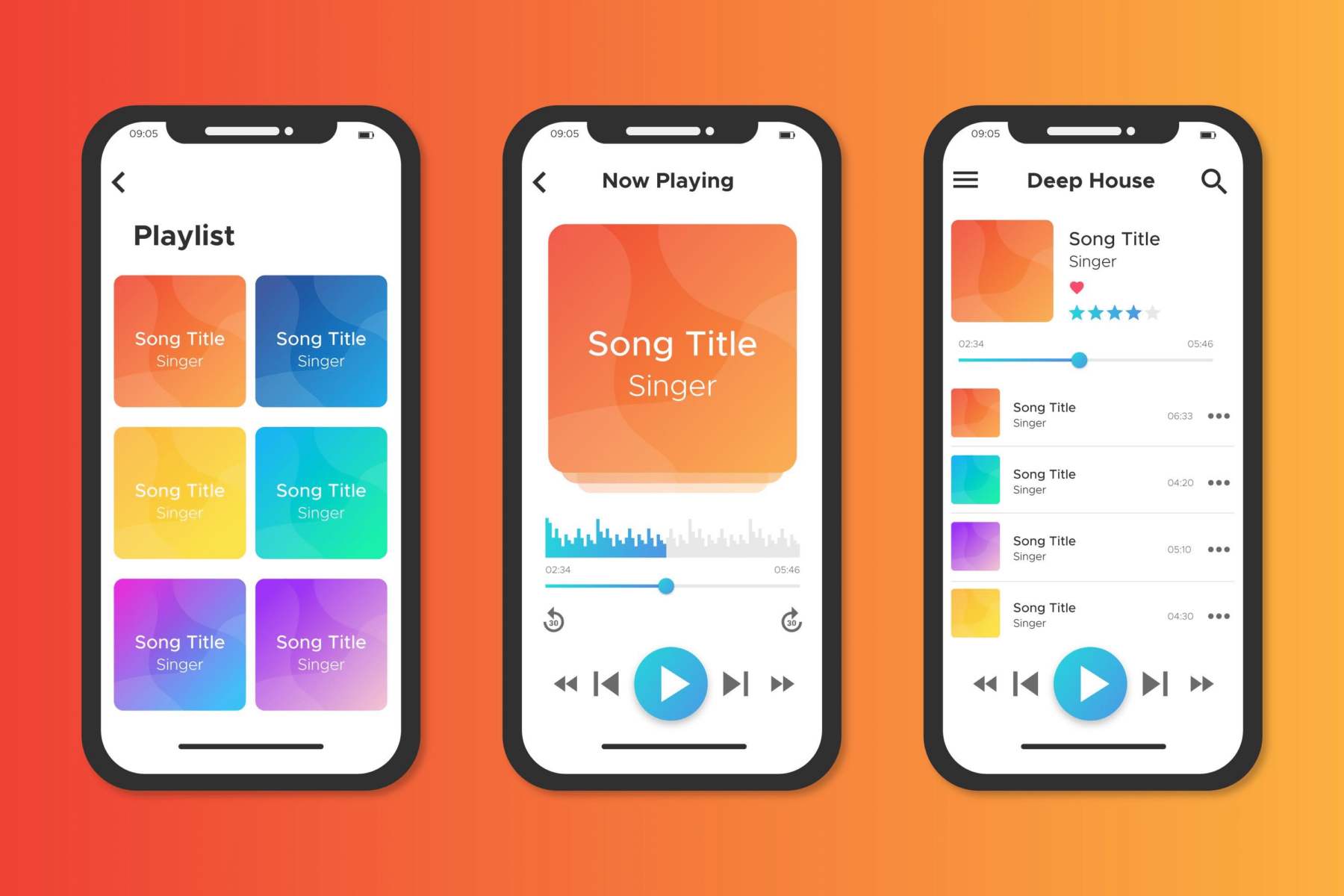
Why Has Music Disappeared From Your iPhone?
There could be several reasons why music has disappeared from your iPhone. Here are some possible explanations and troubleshooting steps to resolve the issue:
1. Sync Library is not enabled: Ensure that Sync Library is turned on for all of your devices, including your iPhone. To do this, go to Settings > Music, and toggle on the “Sync Library” option. This will ensure that your entire music library is available on all your devices signed in with the same Apple ID.
2. Apple ID mismatch: Make sure you are signed in with the correct Apple ID on your iPhone. If you have multiple Apple IDs, it’s possible that the music is associated with a different ID. Go to Settings > [Your Name] and check if the Apple ID displayed is the one you use with Apple Music. If not, sign out and sign in with the correct ID.
3. iCloud Music Library is disabled: If you are using Apple Music or iTunes Match, ensure that iCloud Music Library is enabled. Go to Settings > Music and toggle on the “iCloud Music Library” option. This will sync your music library across all devices.
4. Music app settings: Check the settings within the Music app on your iPhone. Open the Music app, tap on your profile picture, and go to Settings. Ensure that “Show Apple Music” and “Show iTunes in the Cloud Purchases” options are turned on. Also, under the “Downloads” section, verify that “Automatic Downloads” is enabled.
5. Network connection issues: If you have a poor or unstable network connection, it can affect the visibility of your music library. Make sure you have a stable internet connection, preferably Wi-Fi, and check if the music reappears.
6. Check cloud status of songs: If your music library is stored on your computer and synced with iCloud, it’s possible that some songs have not been uploaded or matched correctly. Open the Music app on your computer, go to the Songs tab, and sort by the “Cloud” column. This will show the cloud status of each song. If any songs have a cloud icon with an exclamation mark, it indicates an issue. Right-click on the song and select “Add to iCloud Music Library” to resolve the problem.
7. Restore from backup: If none of the above steps work, you can try restoring your iPhone from a backup. This will revert your device to a previous state, including your music library. Make sure you have a recent backup available and follow the instructions provided by Apple to restore your device.
By following these troubleshooting steps, you should be able to resolve the issue of missing music on your iPhone.
Where Did Your iPhone Music Go?
If you find that your music is missing from your iPhone, there could be a few reasons for this. Here are some possible explanations and solutions:
1. iCloud Music Library: If you have enabled iCloud Music Library on your iPhone, it’s possible that the missing music is stored in the cloud rather than on your device. To check if this is the case, go to Settings > Music and see if the “iCloud Music Library” toggle is turned on. If it is, your music may be available for streaming rather than downloaded locally. You can try toggling this off and on again to see if it prompts the missing music to reappear.
2. iTunes Match: If you have an iTunes Match subscription, it’s possible that your missing music is being matched or replaced by higher-quality versions from the iTunes Store. This service works by scanning your music library and matching songs with those available in the iTunes Store. If a match is found, it will replace your original files with iTunes Store versions, which may not be downloaded to your device by default. To check if this is the case, go to Settings > Music and see if the “iTunes Match” toggle is turned on. If it is, you can try turning it off and on again to see if your missing music reappears.
3. Syncing Issues: If you sync your iPhone with iTunes on your computer, it’s possible that there was an issue during the syncing process, causing some of your music to be removed from your device. To resolve this, you can try syncing your iPhone with iTunes again. Connect your iPhone to your computer, open iTunes, and select your device. Then, go to the “Music” tab and make sure the “Sync Music” option is checked. You can choose to sync your entire music library or selected playlists, artists, albums, or genres. Once you’ve made your selections, click the “Apply” or “Sync” button to start the syncing process. This should restore your missing music to your iPhone.
4. Purchased Music: If you have purchased music from the iTunes Store and it’s missing from your iPhone, you can try restoring it by accessing your purchased music. On your iPhone, open the iTunes Store app and tap on the “More” tab at the bottom. Then, tap on “Purchased” and select “Music”. Here, you should be able to find your missing music. Simply tap the download icon next to an album or song to restore it to your device.
By following these steps, you should be able to locate and restore your missing music on your iPhone.
How Do You Restore Your Apple Music Library?
To restore your Apple Music library, follow these step-by-step instructions:
1. First, make sure you have a backup of your iTunes library. This can be done by copying your iTunes folder to an external drive or cloud storage.
2. Quit iTunes completely.
3. Connect the external drive or access your cloud storage where your iTunes backup is stored.
4. Locate your iTunes folder on the external drive or cloud storage. This folder contains all your music, playlists, and other library data.
5. Right-click on the iTunes folder and select “Copy” from the context menu.
6. Now navigate to the location on your computer where you want to restore your iTunes library. This could be your Music or Documents folder, for example.
7. Right-click on the destination folder and select “Paste” from the context menu. This will copy the iTunes folder from your backup location to your computer.
8. Once the copying process is complete, hold down the Shift key on your keyboard and double-click on the iTunes icon to launch iTunes.
9. Keep holding down the Shift key until a dialog box appears asking you to choose an iTunes library.
10. Click on the “Choose Library” button in the dialog box.
11. Navigate to the location where you pasted the iTunes folder and select the “iTunes Library.itl” file. This file contains the information about your library.
12. Click on the “Open” button to confirm your selection.
13. iTunes will now open and load your restored library. You should see all your music, playlists, and other library data as it was in the backup.
Note: If you previously used Apple Music, you may need to reauthorize your computer to access your Apple Music subscription. Go to the “Account” menu in iTunes, select “Authorization,” and choose “Authorize This Computer.” Enter your Apple ID and password to complete the process.
By following these steps, you should be able to successfully restore your Apple Music library using a backup.
Conclusion
If you are experiencing issues with your iPhone music app and find that some of your music is missing, there are a few steps you can take to resolve the problem. First, ensure that all of your devices have Sync Library turned on and are signed in with the same Apple ID that you use with Apple Music. This will help to ensure that your music library is properly synchronized across all of your devices.
If you have stored your music library on your computer, you can check the cloud status of your songs to identify any missing music and resolve any related issues. You can do this by opening iTunes, selecting your music library, and checking the cloud status of each song. If any songs have a cloud icon with a slash through it, it means that the song is not available in the cloud and you may need to re-download it.
To restore your missing music to your device, you can go to the Music section of the iPhone or iPad version of the app. From there, you can tap on the More or Purchased icon, and select Music. You should be able to find your missing music in this section. Simply tap on the download icon next to an album or song to restore it to your device.
Alternatively, if you have a backup of your iTunes library, you can restore your entire library from that backup. This can be done by quitting iTunes, copying your iTunes folder from your external drive, and pasting it into the desired location on your computer. Then, hold down the Shift key while opening iTunes to prompt it to ask you to choose the location of your iTunes library. Select the location where you pasted your iTunes folder and your library should be restored.
By following these steps, you should be able to resolve any issues with missing music in your iPhone music app and enjoy your music library once again. Remember to always keep your devices and Apple ID settings synced to ensure a seamless music listening experience.

